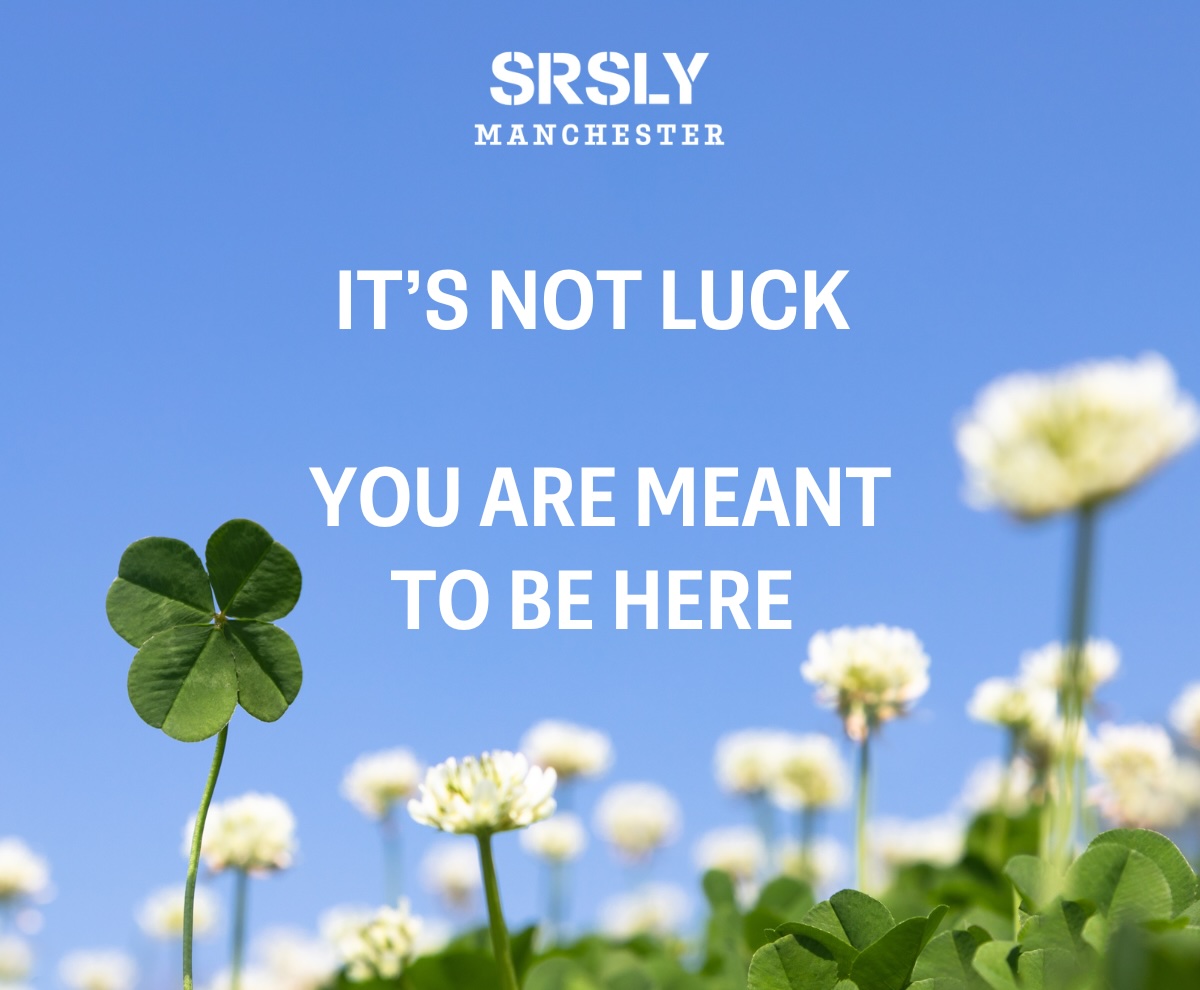River Bend Gardens: An endeavor of native seeds

by Claire Pajka
How do you restore an ecosystem that has been all but eliminated from the state of Michigan? Wayne and Julie Oliver of River Bend Gardens, a private botanical garden located in Manchester, can tell you! The Oliver’s journey with the garden began three years ago when they bought 65 acres of land in Manchester. After they acquired the property, Mike Kost, the Assistant Curator at Matthaei Botanical Garden and Nichols Arboretum, helped the Olivers assess what exactly their property held, and all parties were thrilled when they found an oak openings ecosystem.
Oak openings, also known as oak savannas, are a fire dependent ecosystem dominated by white oak trees. Historically, frequent fires maintained the species composition and community structure of the ecosystem, and created the signature look of dispersed large oak trees amongst tall grasses, with very little shrubbery present. As oak savannas appear to be a perfect area for farming and homesteads, the westward expansion of European settlers basically eliminated oak savannas in the 1830s, and the once abundant ecosystem is now almost impossible to find in Michigan. In fact, urban sprawl land usage and suppression of wildfires have made them almost nonexistent on a global scale, too.

Oak opening
On a tour of the property, Oliver explained that some areas hold the capability to heal themselves below the soil. After an initial clearing, part of the land has been left to see what grows from the buried seedbank, and what has emerged is promising! Dogbane, Little bluestem, Indian grass, and milkweed are just some of the native plants that were buried under years of invasive growth of garlic mustard, tree of heaven, and multiflora rose. For areas on the property with rich seedbanks, Oliver explained the necessity of simply being good land stewards, as the land is capable of restoring itself. For areas where native plants are not readily popping up from the seedbank, Oliver is making careful choices in what plants to intentionally seed in the garden. Not only is he planting Michigan natives on the property, but specifically Washtenaw County natives.
The Oliver’s property contains diverse ecosystems, with oak openings covering the most acreage at 26.5 acres. 12.53 acres of wet meadow of predominantly sedges, Joe-pye weed, and aster lie along streams, while another 7.05 acres are oak-hickory forest; another fire-dependent ecosystem. With Kost as the leading botanist, each of the 11 distinct ecosystems throughout the property have their own unique plans for either “restoration, preservation, or recreation,” says Wayne.

Oak openings ecosystems are created and maintained largely by one major force: fire. With the lack of wildfires in present day southern-Michigan, the Olivers have opted to create their own fires, enlisting Ann Arbor’s Natural Area Preservation Manager Dave Borneman – also known as the Burn Boss – to perform prescribed burns throughout the property. Though it may at first seem counterintuitive, fires actually increase the diversity of oak savanna ecosystems, and keep them from turning into forests. Shrubs and other woody plants are burned completely in the fires while thick-barked oaks remain intact, and regrowth of the area post-burn gives native plants a chance to compete with rapidly-colonizing invasive plants.
By burning the oak savanna on their property, the Olivers have not only promoted native biodiversity and controlled invasive species, but continued a historic land management practice. Carson Brown, a member of Borneman’s burn crew, explained that “The Anishinaabe, who call the Great Lakes their home, as well as many other indigenous people of the Americas, have conducted prescribed burns to cultivate the lands around them. Because of many of the great forest fires that occurred as a result of the logging industry, European settlers put an end to controlled burning in exchange for a no-fire policy of land management.” Brown went on to explain that without regular burns, open areas like oak openings become overtaken with shrubs and trees, and transition into scrublands – a different ecosystem entirely.

Controlled burn
With the decline of oak savannas, greater prairie chickens have lost the habitat that they relied on for a home. The Manchester-Sharon area saw the last prairie chickens of Washtenaw County in May of 1940, and they were eliminated from the rest of the state in the early 1980s. An avid aviculturist and birder, Oliver explained some exciting news regarding the greater prairie chicken. As the Olivers plan to eventually reintroduce prairie chickens to the property in non-permanent outdoor pens, these birds will be found in Manchester for the first time in 60 years!

Prairie chicken
Oliver explained that along with the restoration of the ecosystems, benches and viewing areas will be built in throughout the garden. He went on to say that because the process is just beginning and there are many different options for the future, there are no set plans just yet to open to the public. However, he stated that in time, he hopes River Bend Gardens may be a spot for birders and nature-seekers to explore and enjoy.
Having been approved by the Planning Commission Wednesday night, the final decision for the garden will come from the Village Council at Monday night’s meeting. Oliver explained that there is a lot of work to be done to restore the ecosystems of River Bend Gardens, but finished his tour with a quote from Hamilton: “Legacy is planting seeds in a garden you may never get to see.” For more information and updates about River Bend Gardens, visit the River Bend Gardens website at https://riverbendgardens.org or Facebook page.








You must be logged in to post a comment Login